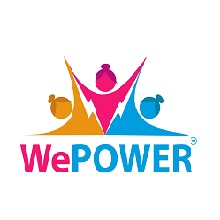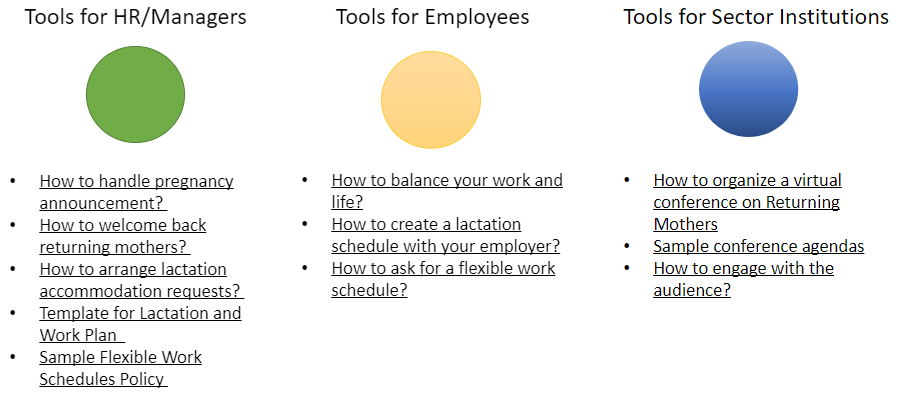1) Structure of the Toolkit
This toolkit is organized into four sections:
1) Context
- Background: Summarizes the existing data and literature from multiple sources. In many instances, we supplement data from South Asia with relevant country specific and global data.
- Challenges: Organizes the key challenges into broad categories to help provide some clarity to the complex issues confronting employers and employees.
- Solutions: Discusses what is being done by stakeholders to address the challenges.
2) Tools: Presents the 7 core tools for organizations to support their working parents.
3) Examples: Showcases relevant activities and initiatives undertaken by WePOWER partners
4) Additional resources: Further readings which have been organized into topics.
1) Context
Background: What Does the Data Tell Us?
Worldwide, parents who need and/or want to work must find ways to reconcile their parenting and professional responsibilities. This is especially true for women in many countries, who face numerous barriers to working outside the home. Read More
Challenges
The challenges for professionals who are pregnant or parents of young and/or special needs children are both complex and multidimensional. To simplify the rationale for the tools in this toolkit, we found it helpful to group them into 5 categories, that are distinct yet interwoven with each other. Read More
Solutions
The following ‘Solution areas’ provide the bulk of the rationale for the tools in this toolkit and are grounded in both literature and the practical experiences of different types of organizations, especially utilities. Read More
2) Tools
We have created 7 core tools for organizations to support their working parents. Each toolkit addresses a major challenge that an organization may face:
Tool 1: Guide for Setting up Lactation Room
Tool 2: Remote Work Agreement Template
Tool 3: Flexible Work Agreement Template
Tool 4: Checklist for Manager Briefing Packet
Tool 5: Checklist for Employee Briefing Packet
Tool 6: Parental Policies Feedback Procedure and form
Tool 7: Exit Survey
Showcases relevant activities and initiatives undertaken by WePOWER partners from Tata Power, who (add a line) and KE (add a few lines).
4) Additional Resources
Further readings which have been organized into topics. Read More
















Mail sent to Community Managers, Please access the group once it get approved by Moderator.